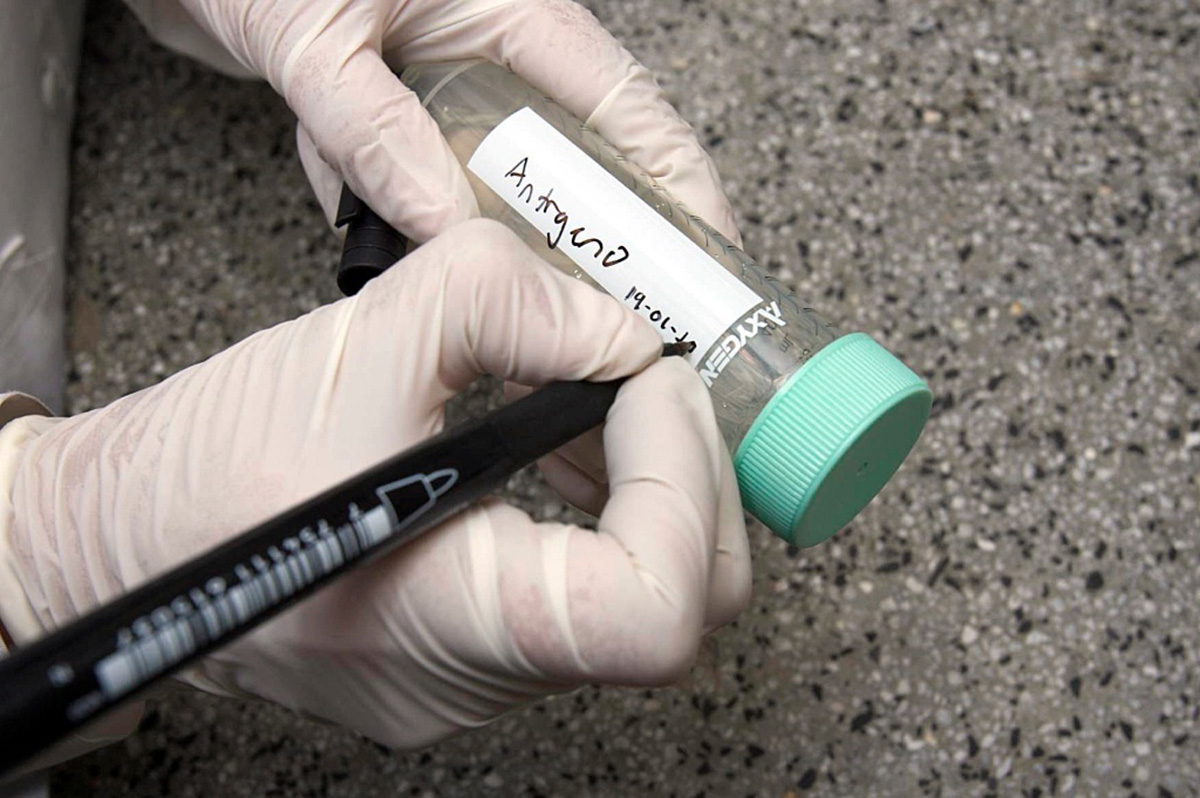Table of Contents
Pros of Anti-Angiogenic Therapy
Compared to traditional cancer therapies, anti-angiogenic therapy offers a variety of advantages, including:

- Tumor cells can mutate and start to resist chemotherapy. Anti-angiogenic cells target only endothelial cells and these cells are far less likely to become resistant to drugs.
- Conventional radiation and chemotherapy attack all of the cells that are dividing in the body. This can lead to unpleasant side effects, such as diarrhea, hair loss, ulcers in the mouth and weakened immunity. Anti-angiogenic therapy medications selectively target the blood vessels that are dividing, resulting in fewer side effects.
- This therapy allows continuous and more predictable control of a disease.
- Host blood vessels are necessary for all tumors to grow and thrive. This therapy does not target a specific type of cancer cell, but the blood vessels feeding the tumors, making it a therapy that can be used for a broad range of cancers.
- The drugs used in anti-angiogenic therapy are relatively nontoxic, especially compared to the traditional chemotherapy and other drugs used for cancer. They are able to be effective at doses far below the maximum tolerated dose. This means that patients can receive the drugs over a longer period of time, at lower doses, thus creating the potential for more successful treatment.
- Anti-angiogenic drugs can work along with radiation and chemotherapy when necessary without interfering with the other therapy's positive effects.
- These drugs are quick and easy to administer and require little to no preparation. The oral drugs are taken with a full glass of water and the injected drugs simply require the injection site to be swabbed with alcohol prior to inserting the needle.
- These drugs require no aftercare after being administered.
- Doctors and scientists can determine the best biologic dose of these drugs through measuring the peripheral blood cells. This is relatively simple, ensuring the best dose for the patient.
Cons of Anti-Angiogenic Therapy
As with all medical treatments, there are disadvantages that have to be considered when looking at the overall benefits of the therapy.
Their experimental nature makes it difficult for those that may benefit from the drugs to get access to them.
Avastin is a drug approved by the FDA that is an anti-angiogenic therapy and it is used for colorectal cancer, non-small cell lung cancer and kidney cancer. This drug, unfortunately, presents the risk for very serious side effects, including:
- Intestinal perforation
- The opening up of stitched wounds
- Coughing up mucous containing blood or just blood
- Severe bleeding in tumors
- Potentially dangerous effects on a developing fetus
See Also: Why So Little New Effective Cancer Treatments Get Developed Today?
Right now the potential is there, but a lot more research is necessary before this form of cancer therapy can be considered on a broad stage.
Anti-angiogenic therapy has a long way to go since many drugs are still in the clinical trial phase. However, if scientists can achieve the results they are seeking, this has a potential to creates a whole new frontier in cancer treatment. Since anti-angiogenic treatment is specific to stopping tumors from getting the blood vessels they need for nutrients and oxygen supply, this could work to treat a wide array of cancers.
- Jain, R.K. (2001). Normalizing tumor vasculature with anti-angiogenic therapy: A new paradigm for combination therapy. Nature Medicine. 7: 987-989
- Moserle, L. et al. (2014). Antiangiogenic therapies: going beyond their limits. Cancer Discovery 4, 31-41
- Abdalla, M. et al. (2012). Antiangiogenic therapy for cancer: an update. Pharmacotherapy. 32(12): 1095-111
- Katoh M. (2013) Therapeutics targeting angiogenesis: Genetics and epigenetics, extracellular miRNAs and signaling networks (Review). Int J Mol Med 32(4): 763-767
- Kamba T, McDonald DM. (2007) Mechanisms of adverse effects of anti-VEGF therapy for cancer. British J Cancer 96: 1788-1795
- Pande A, Lombardo J, Spangenthal E, Javle M. (2007) Hypertension Secondary to Anti-angiogenic Therapy: Experience with Bevacizumab. Anticancer Research 27: 3465-3470
- Vasudev NS, Reynolds AR. (2014) Anti-angiogenic therapy for cancer: current progress, unresolved questions and future directions. Angiogenesis 17: 471-494.
- Photo courtesy of Thirteen Of Clubs by Flickr: www.flickr.com/photos/thirteenofclubs/5458070010
- Photo courtesy of Pan American Health Organization-PAHO/WHO by Flickr: www.flickr.com/photos/pahowho/9401173053/


Your thoughts on this